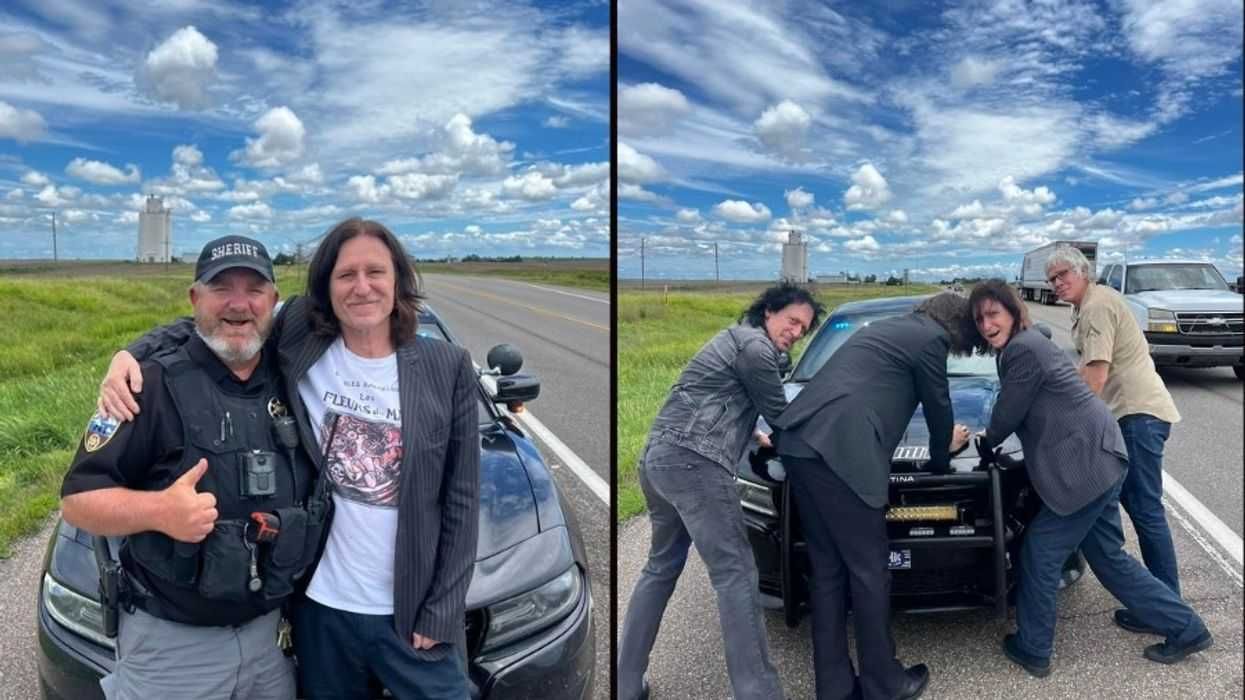This month on good.is, we are focusing on the topic of security. And not just security from a national defense and privacy standpoint (although you can check out the infographic above from Column Five about how much Americans pay to secure state secrets). But whether examining global food insecurity or how safet we are from natural and environmental disasters, our archive of GOOD infographics explores how we can examine what's secure in our lives.
What's Wrong With Our Food System?
Around the world every night, one in seven people go to bed hungry—that's almost one billion people. People are hungry not because there isn't enough food produced but because our food system is broken. In fact, 80% of the world's hungry are directly involved in food production. We can address this hunger if we support small-scale food producers, tackle climate change, and reduce food waste. Check out our latest infographic to learn about some of the ways that the food system can be fixed to improve the quality of life for millions.
This infographic was produced by GOOD and Kiss Me I'm Polish, with support from Oxfam Australia
Invasion of the Drones
In early 2012, the United States Congress called upon the Federal Aviation Administration to develop a plan to integrate drones—civil unmanned aircraft systems—into the domestic airspace by the target date of September 30, 2015. How do Americans feel about the issue, and what does this news mean for international opinion surrounding the nation's continuing drone-controlled air strikes against militants in Middle Eastern countries?
A collaboration between GOOD and Column Five
When Plates Collide
After the devastating earthquake in Haiti, people everywhere have been speculating about when and where the next cataclysmic one will hit our shores. If major quakes occur approximately 15 times a year around the world, where will the next one hit?
A collaboration between GOOD and Column Five
The Toxic Twenty
The Natural Resources Defense Council recently published its annual "Toxic Twenty" list, ranking U.S. sates by their toxic air pollution. Which ones are responsible for the largest share of toxic emissions from the electric sector? And how do they threaten the health of our families and children?
A collaboration between GOOD and Column Five
















 Otis knew before they did.
Otis knew before they did.